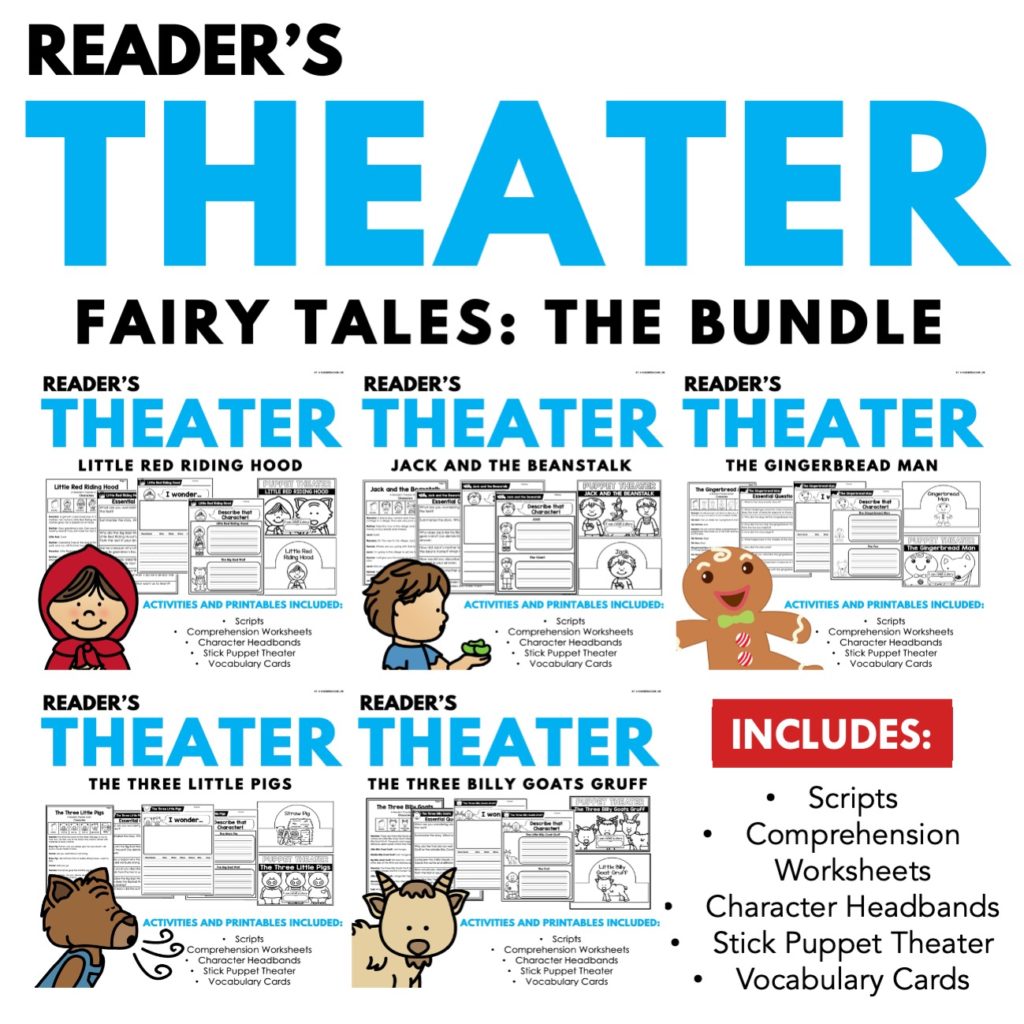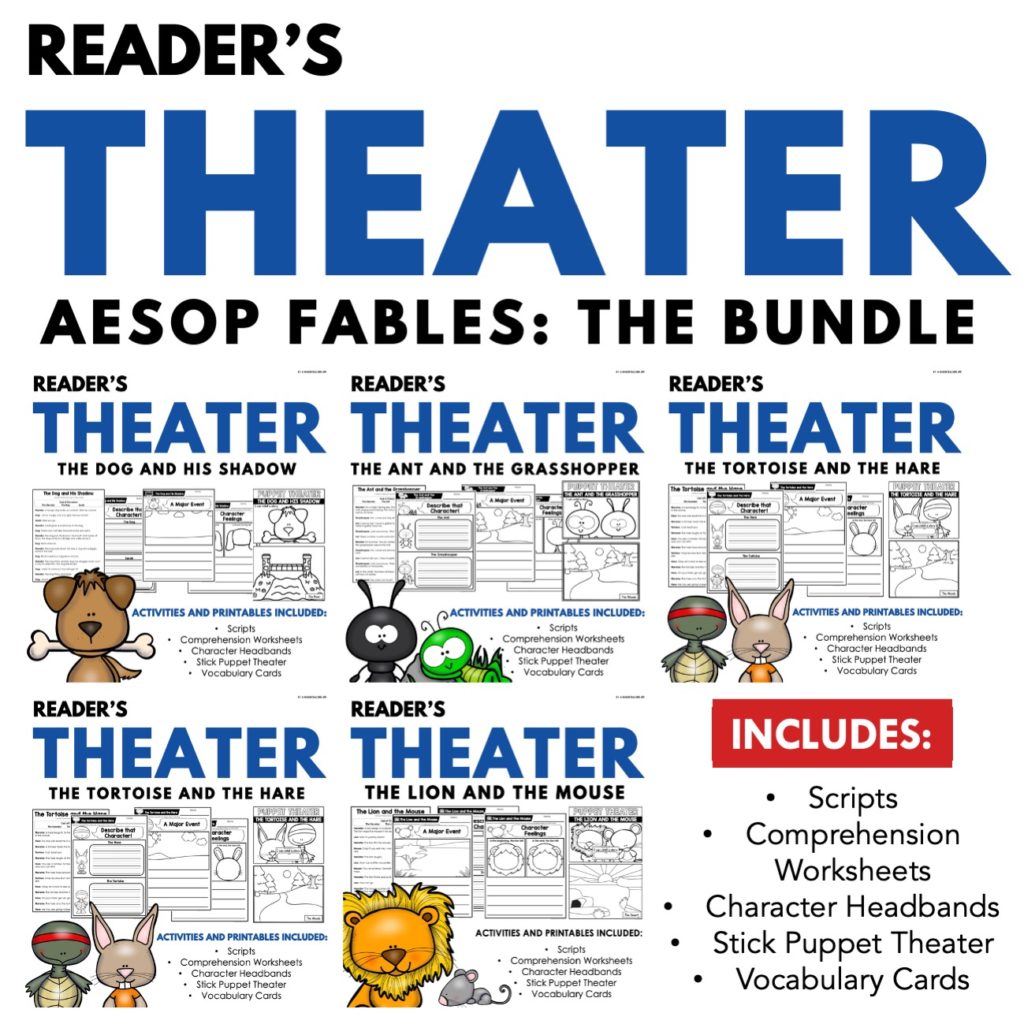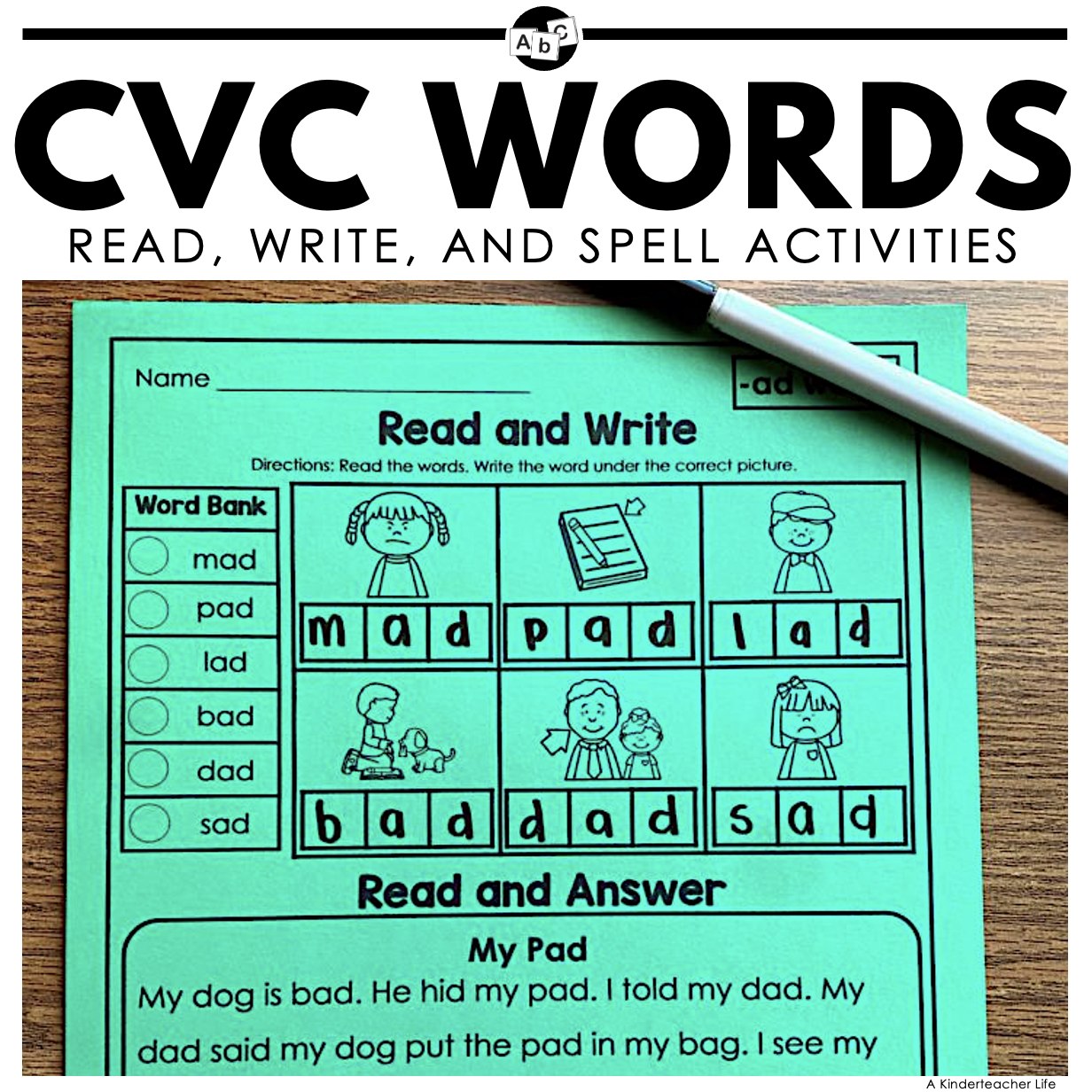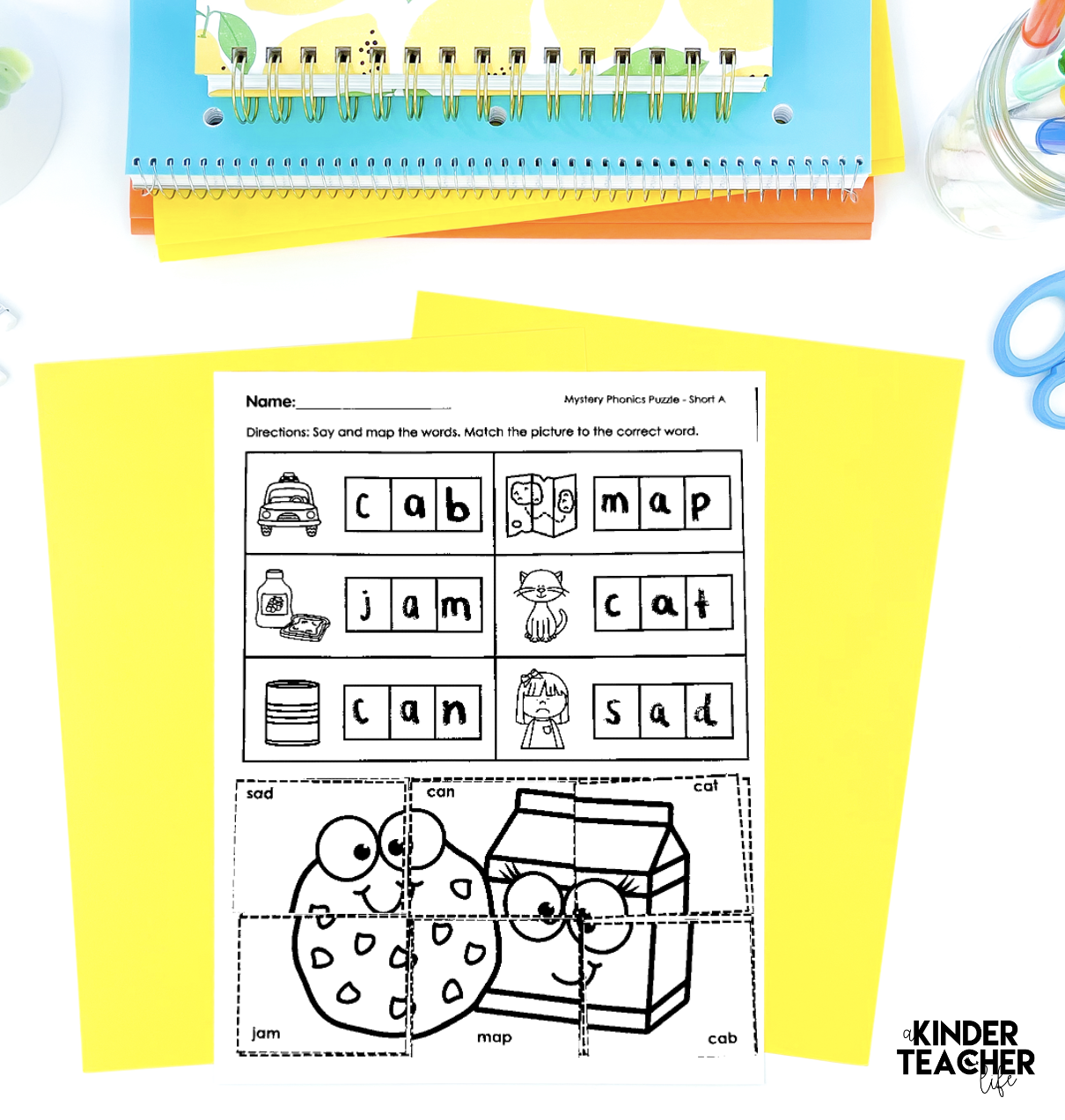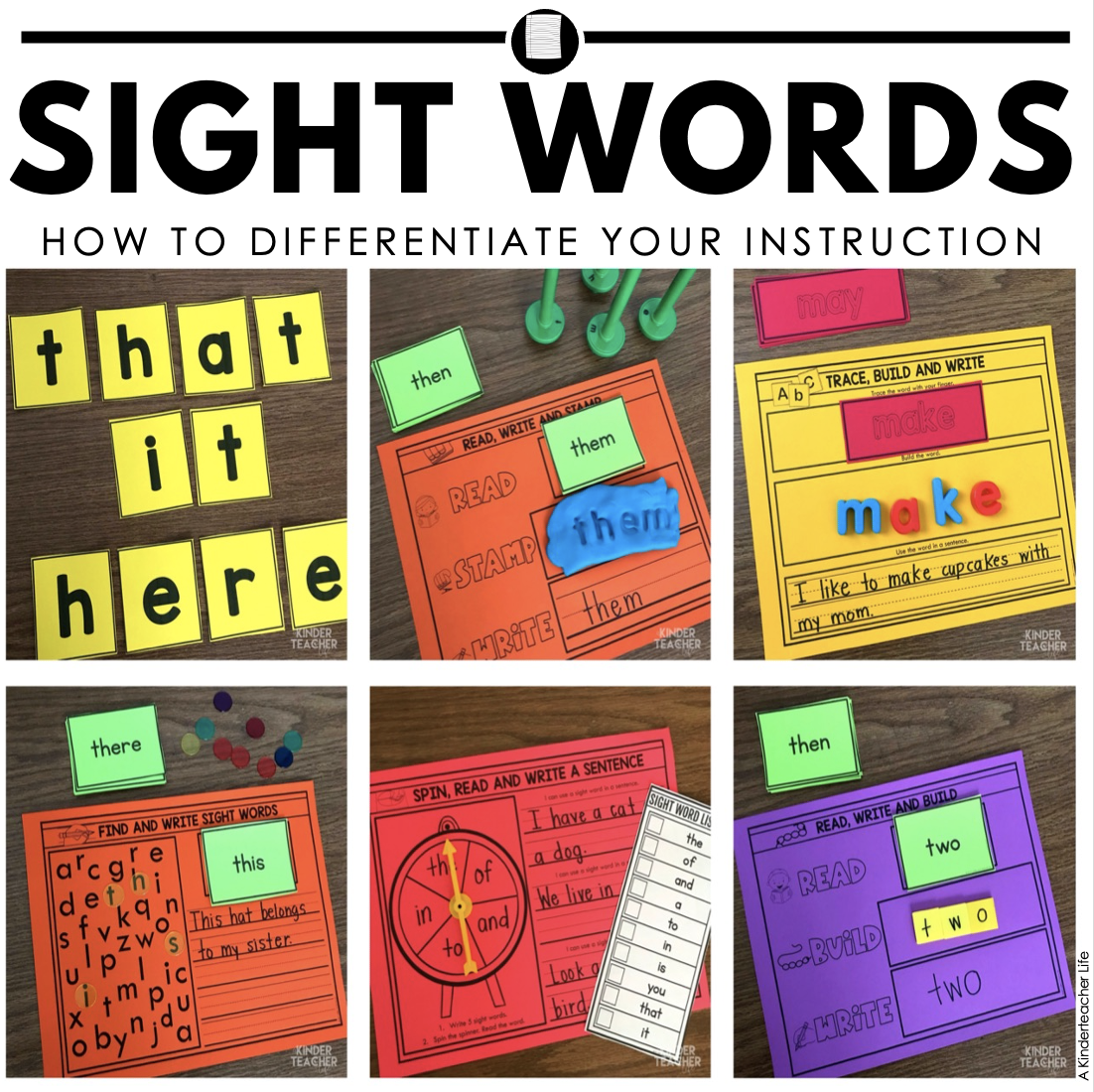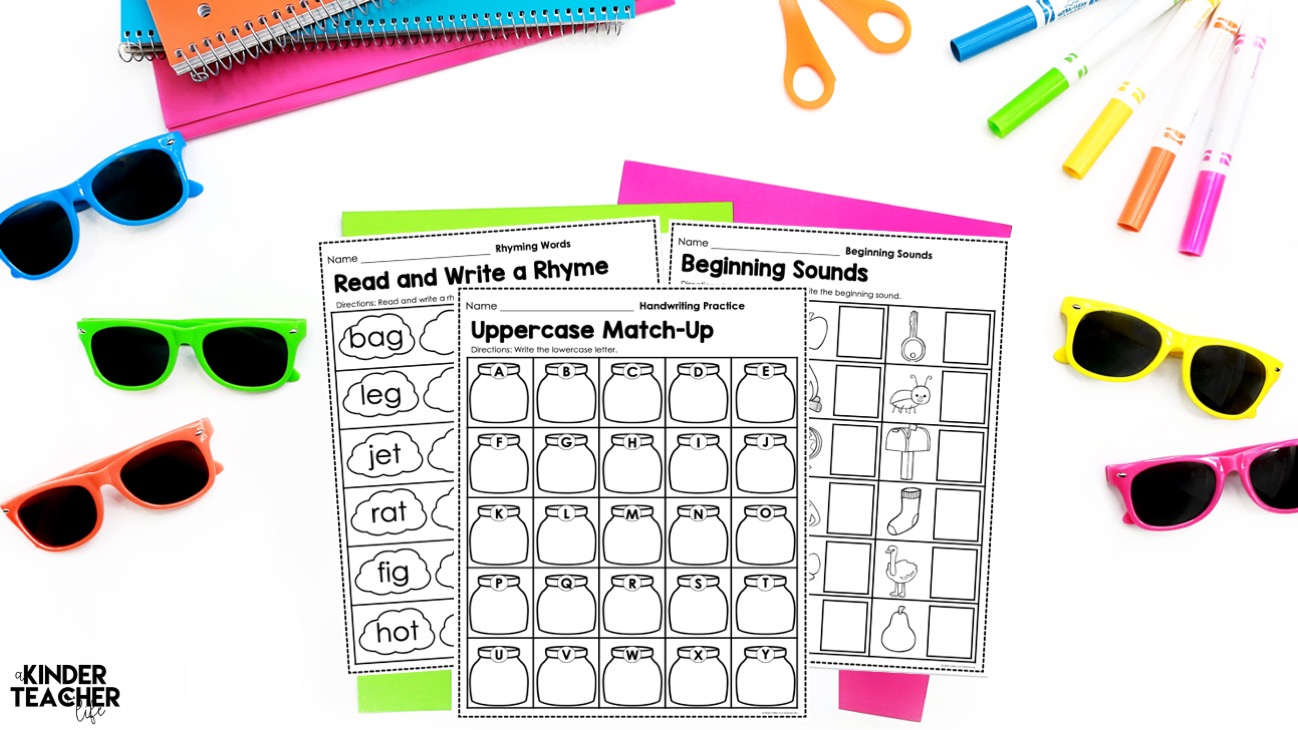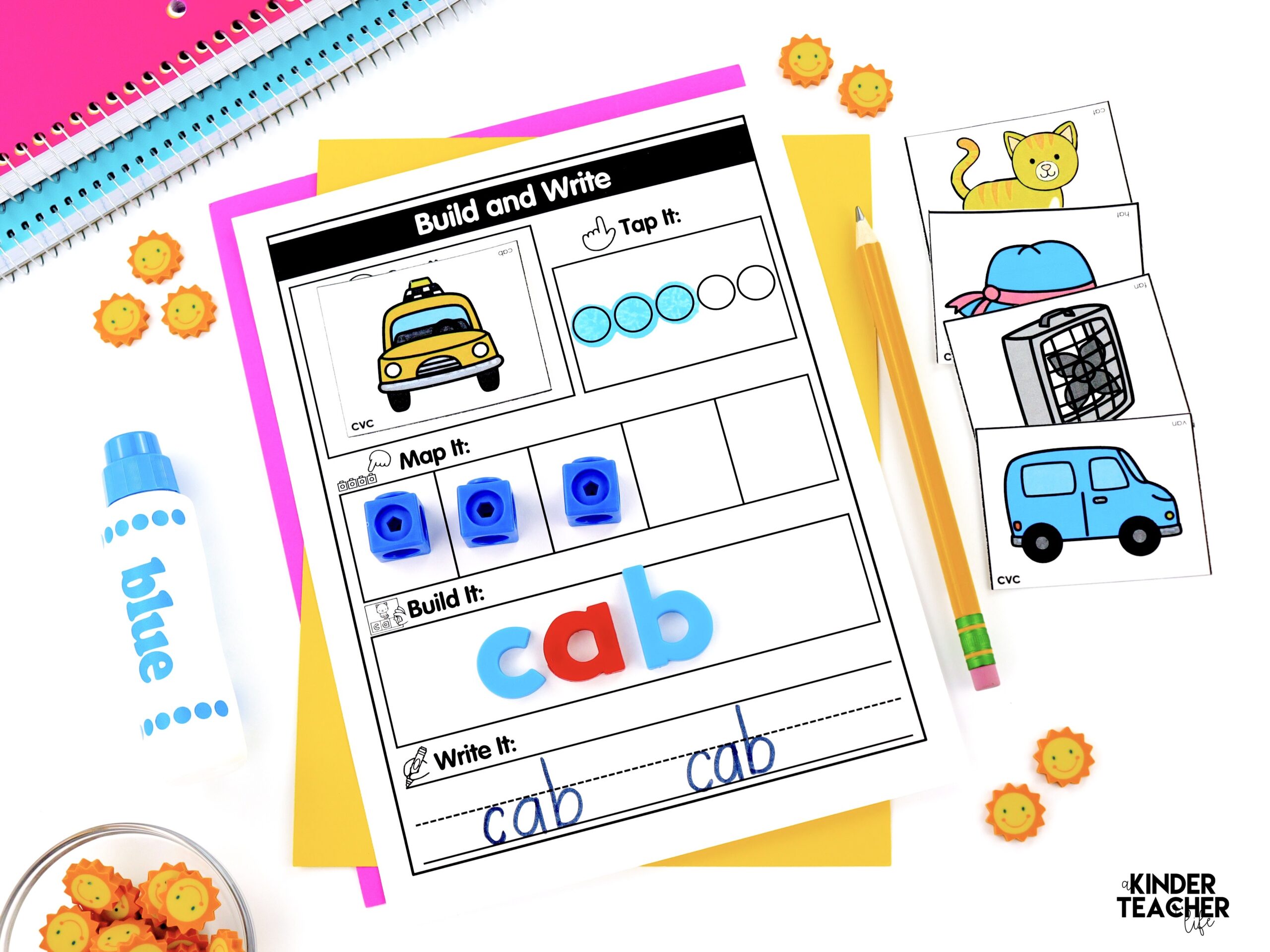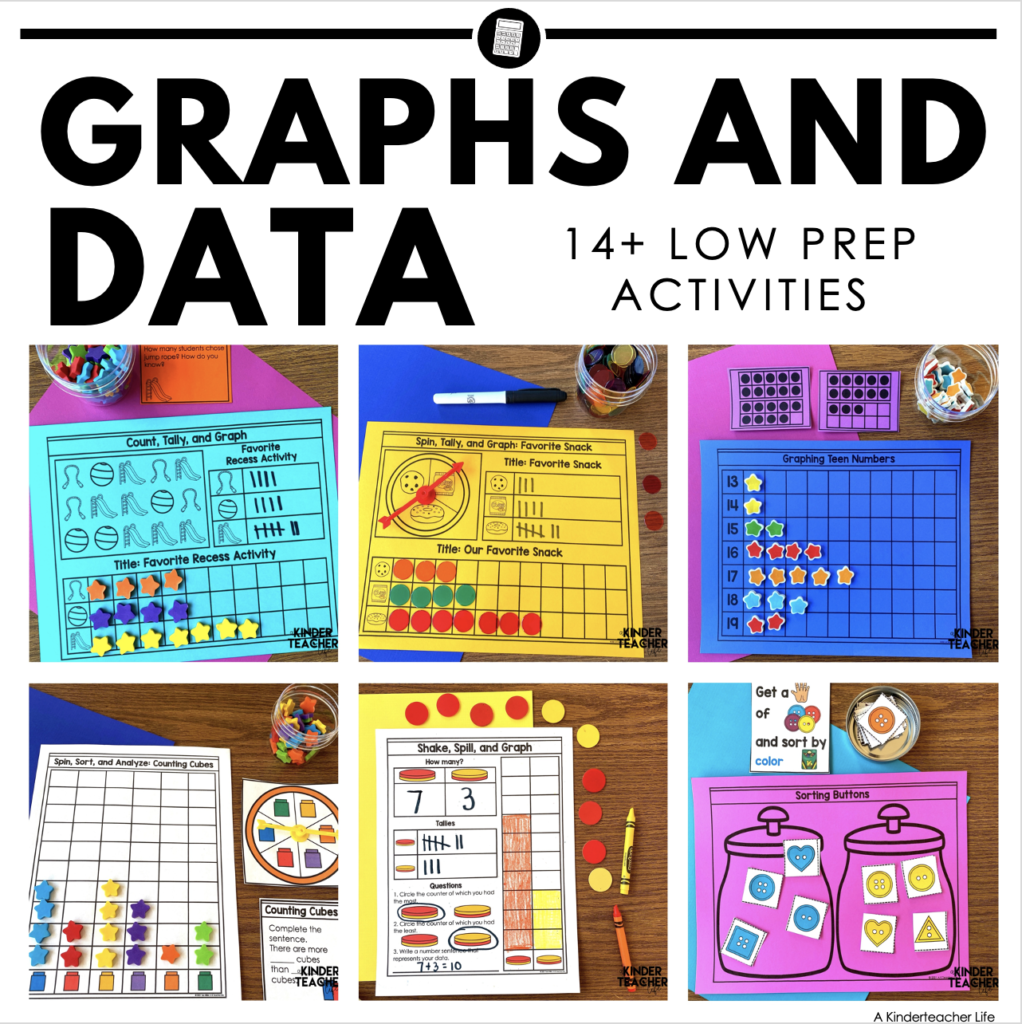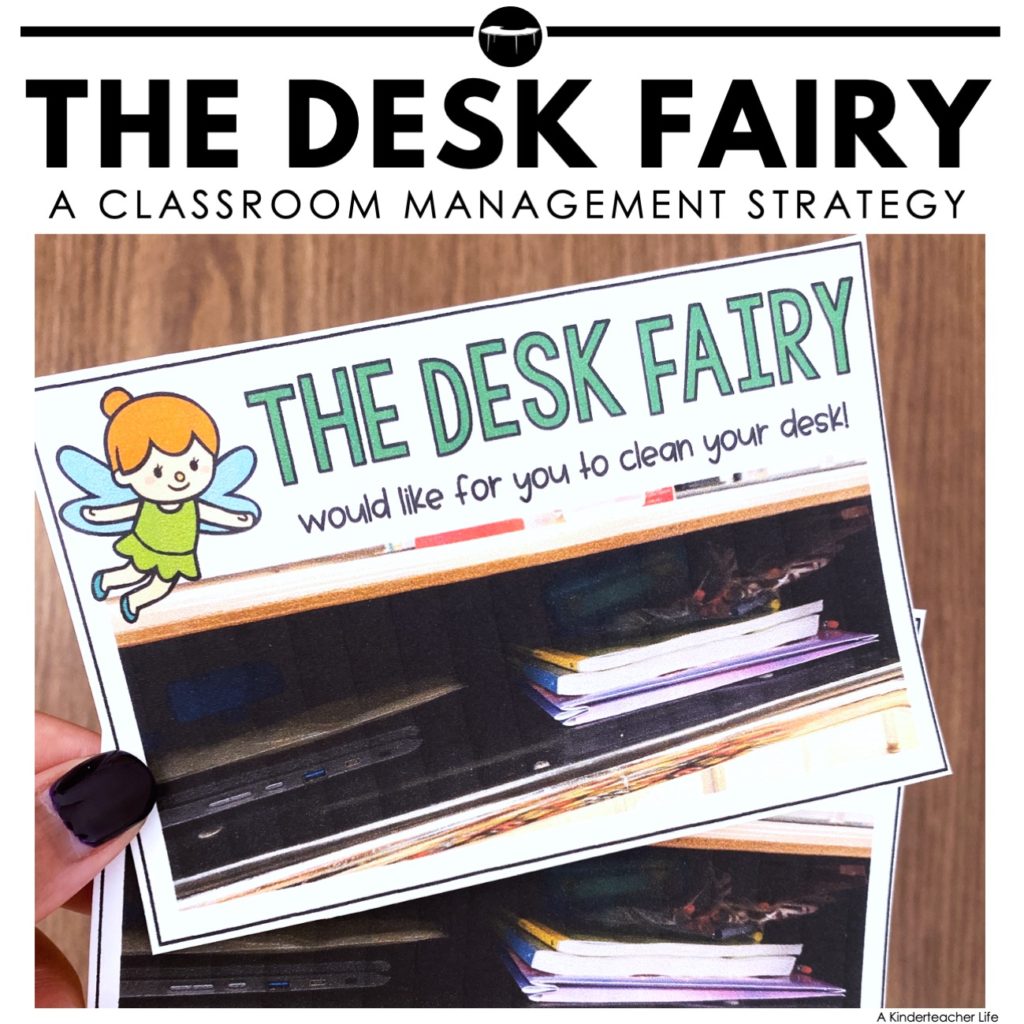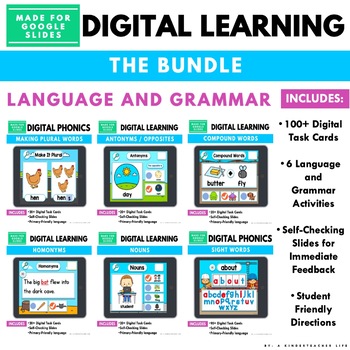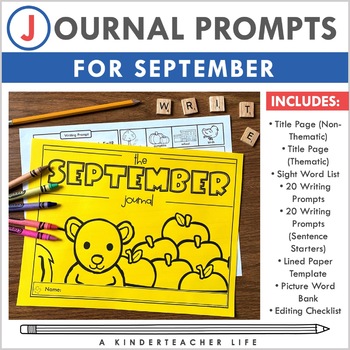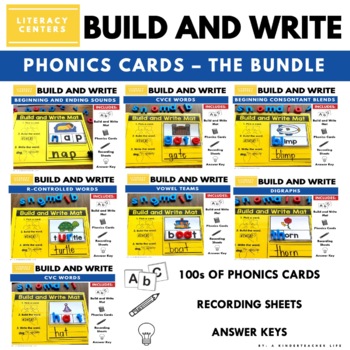Why You Should Use Reader’s Theater in the Early Childhood Classrooms
My students love Reader’s Theater, and so do I! They are engaging, collaborative, and students get to act! More importantly, they practice fluency, expression, and comprehension.
How do I incorporate Reader’s Theater in my classroom?
For reader’s theater, all you need to do is give your students a script and assign (or let them pick) their role. That’s it! For my kinder friends, I like for them to get into character and give them character headbands. After practicing reading, you will notice your students begin to read with fluency and expression and see a boost of confidence too!
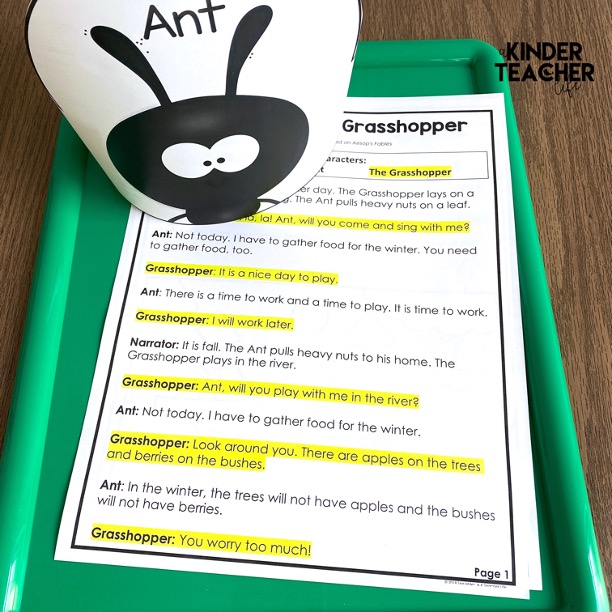
Increase Fluency
When students don’t recognize words, they read slowly, word by word, and stop reading to sound out words. This could impact their reading comprehension since they spend more time decoding words than comprehending what they are reading. With Reader’s Theater, students read fluently and with expression. That’s because they are practicing reading as if they are speaking and reading sounds naturally.
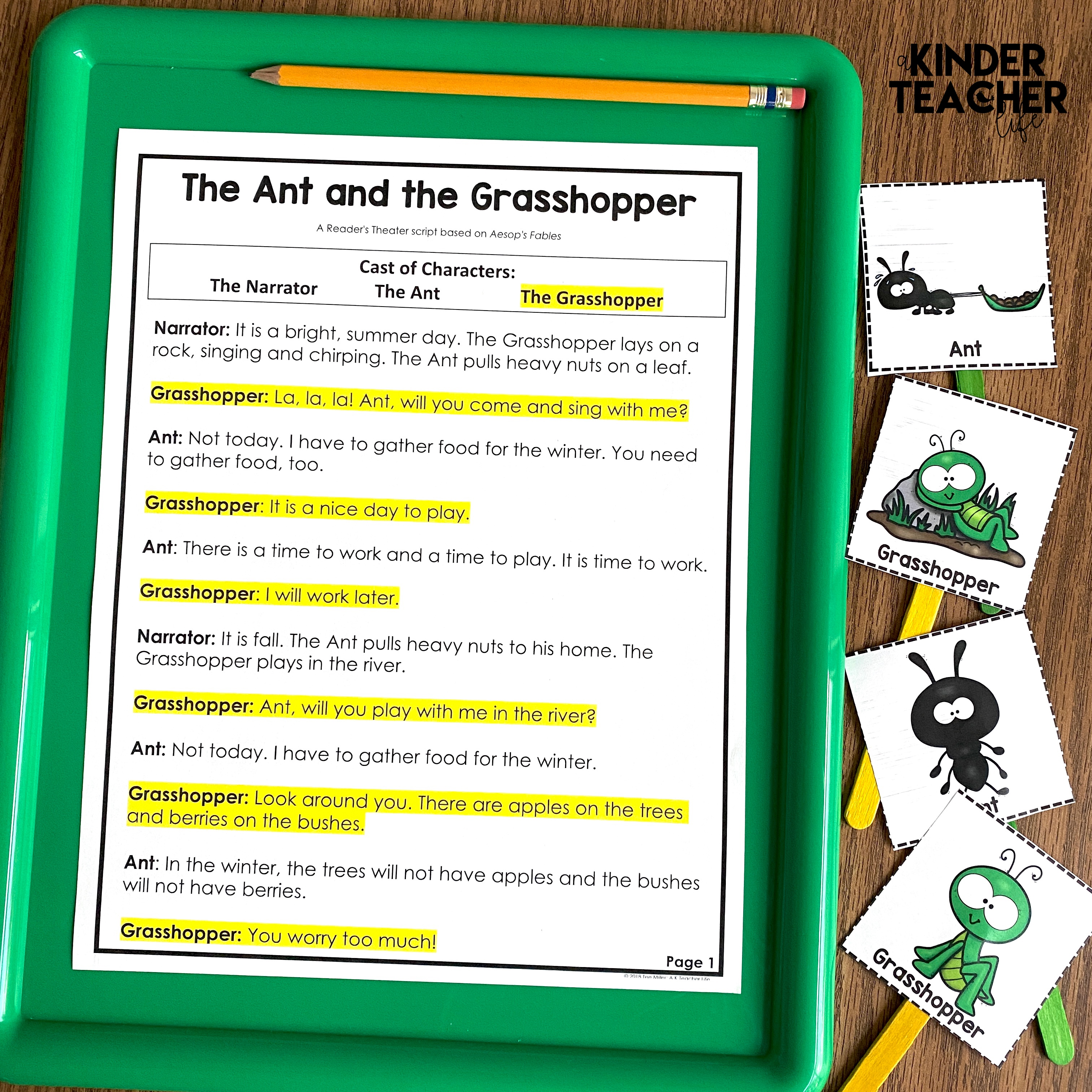
Increase Comprehension
In early childhood, students receive instruction on identifying story elements in a story, retelling the key details, and the central message. They can discuss story elements with you. You can also provide them with independent writing activities to help them think about the story on a deeper level.
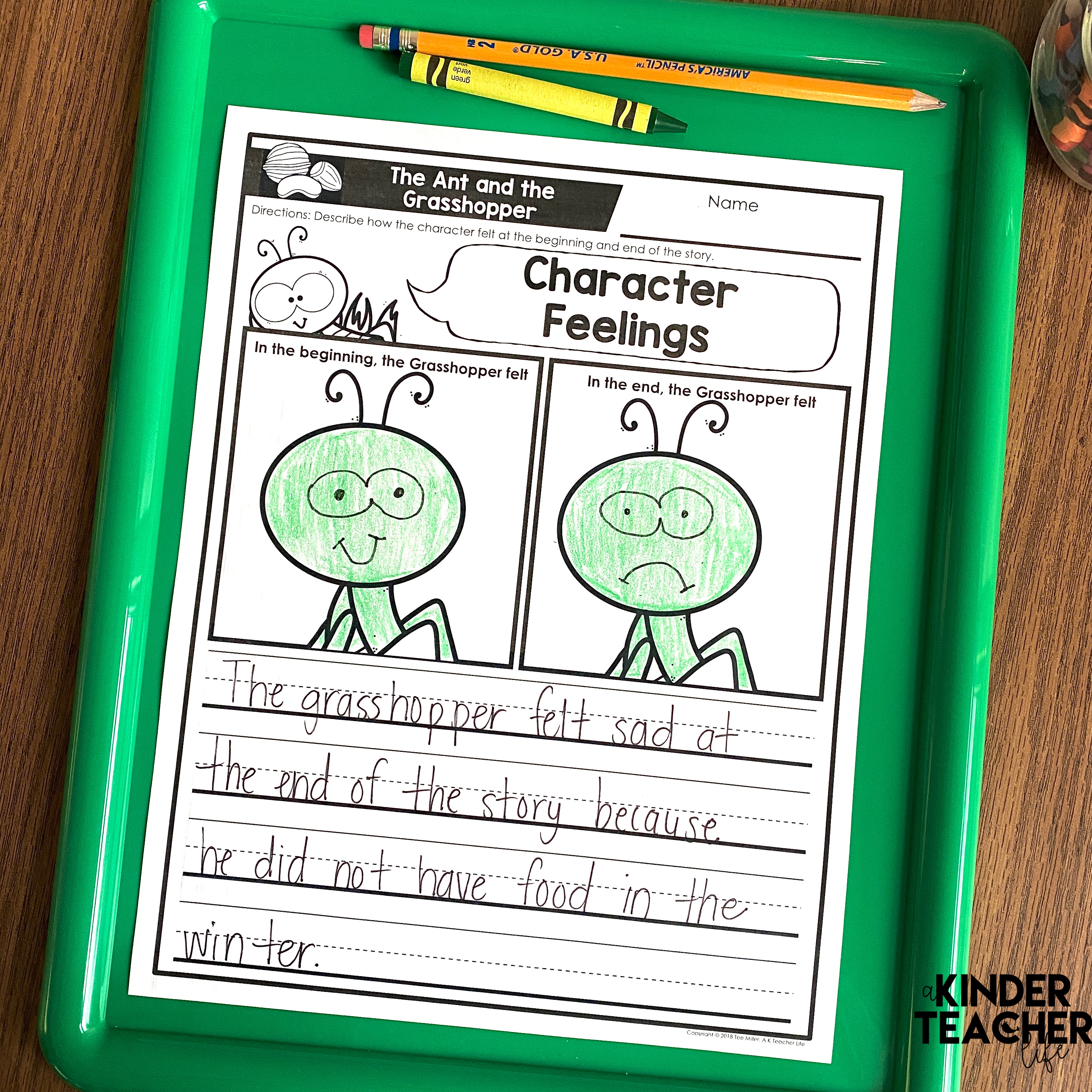
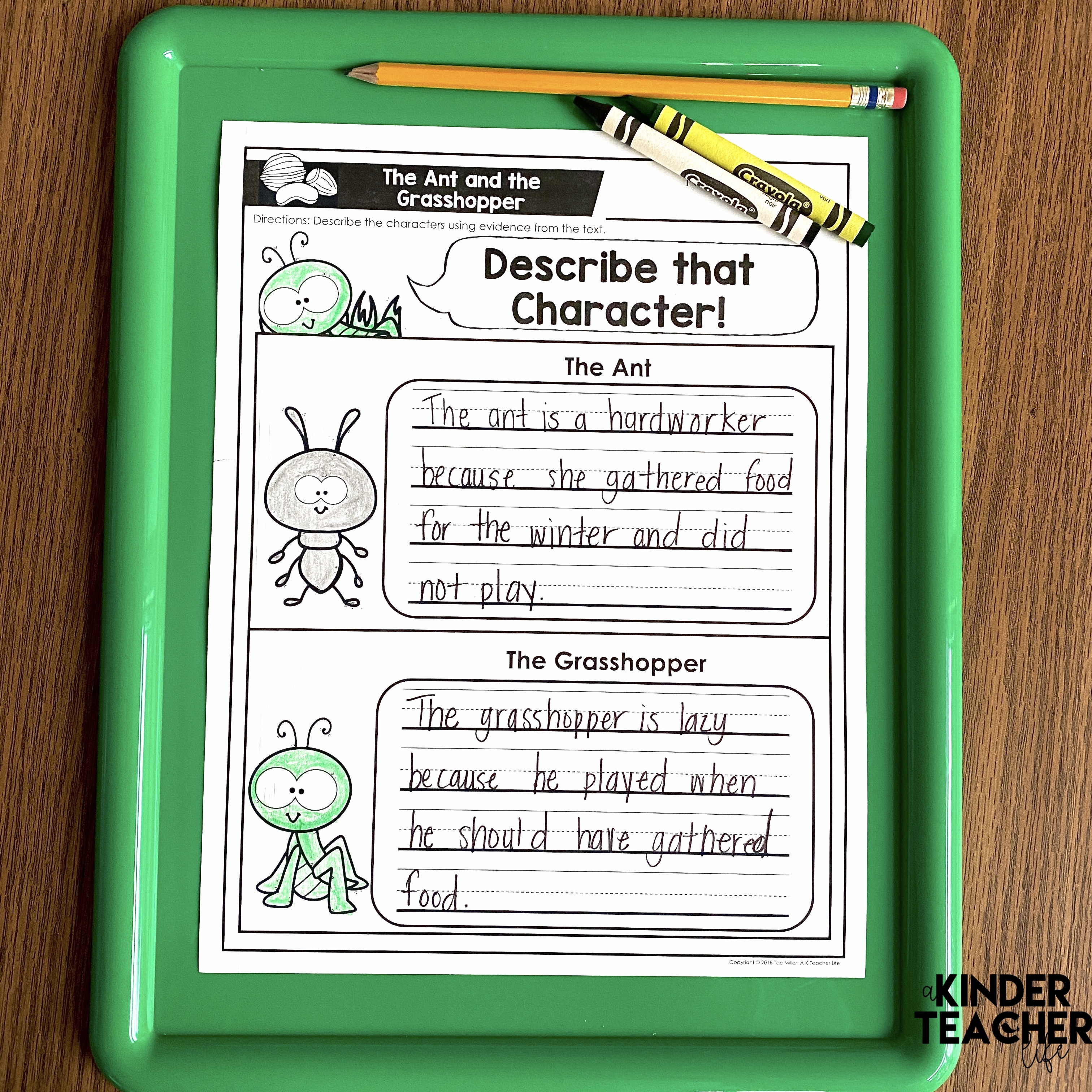
They’re the Storytellers
Students know popular stories like the Three Little Pigs, The Three Billy Goats Gruff, or the Ant and the Grasshopper. It’s likely because you read it to them! With Reader’s Theater, students get to be storytellers and get to perform and read to you and their peers. Reading aloud is a fantastic opportunity for them to build their confidence and practice presenting in front of the class.
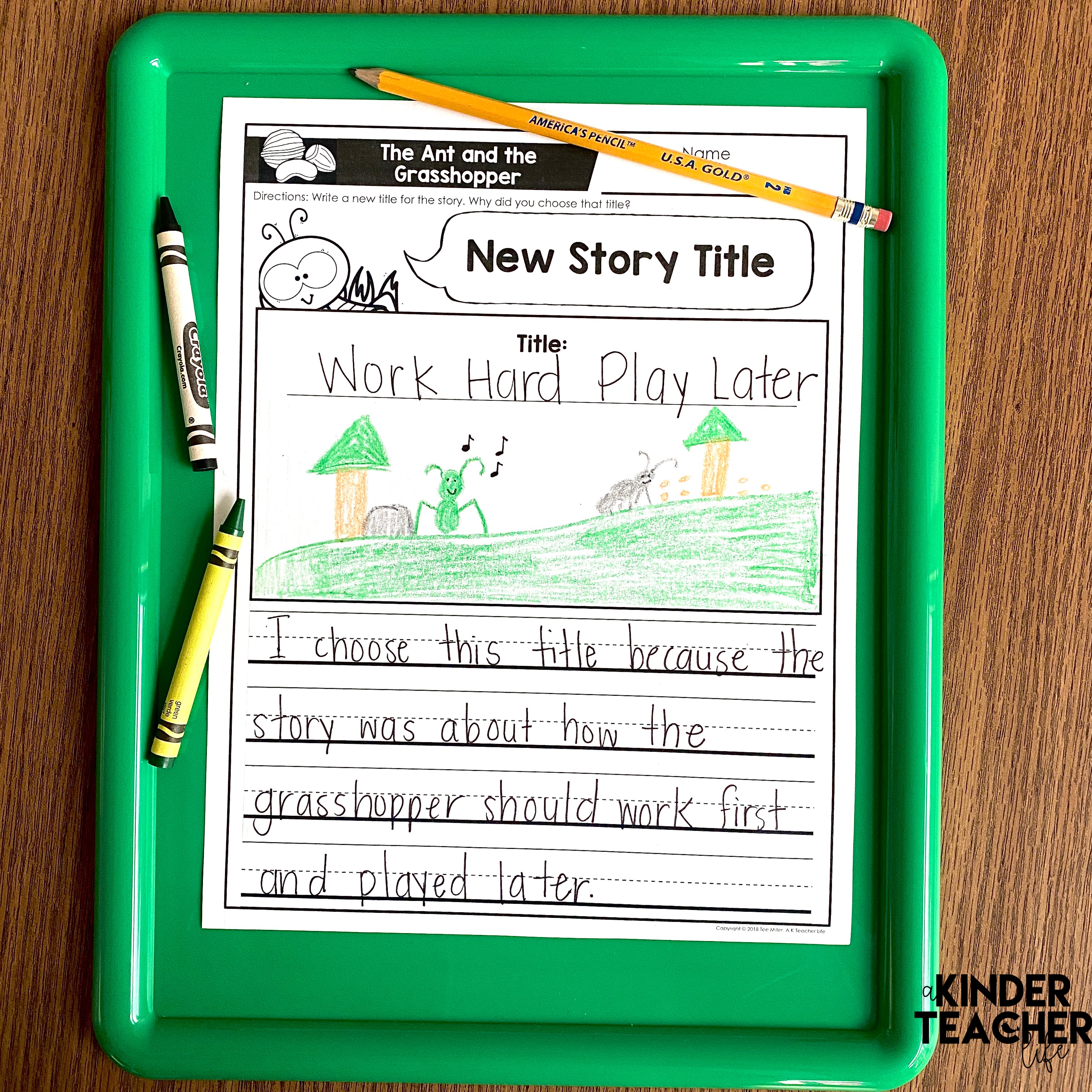
It’s Collaborative
Most reading that takes place in the classroom is independent. Students usually read books to themselves silently. With Reader’s Theater, students collaborate with their peers to tell a story together aloud. Reading aloud teaches social skills such as being patient, taking turns, and listening.
I recommend that you try reader’s theater. Since my students are kinders or firsties, I have to model, coach and offer encouragement. I usually help them pick a role and model how to read with fluency and expression. They need me to model what this looks like since most students read silently and alone.
Once you explain and model the expectations, they get excited and enjoy the reading aloud. They look forward to rehearsing and reading their lines aloud.
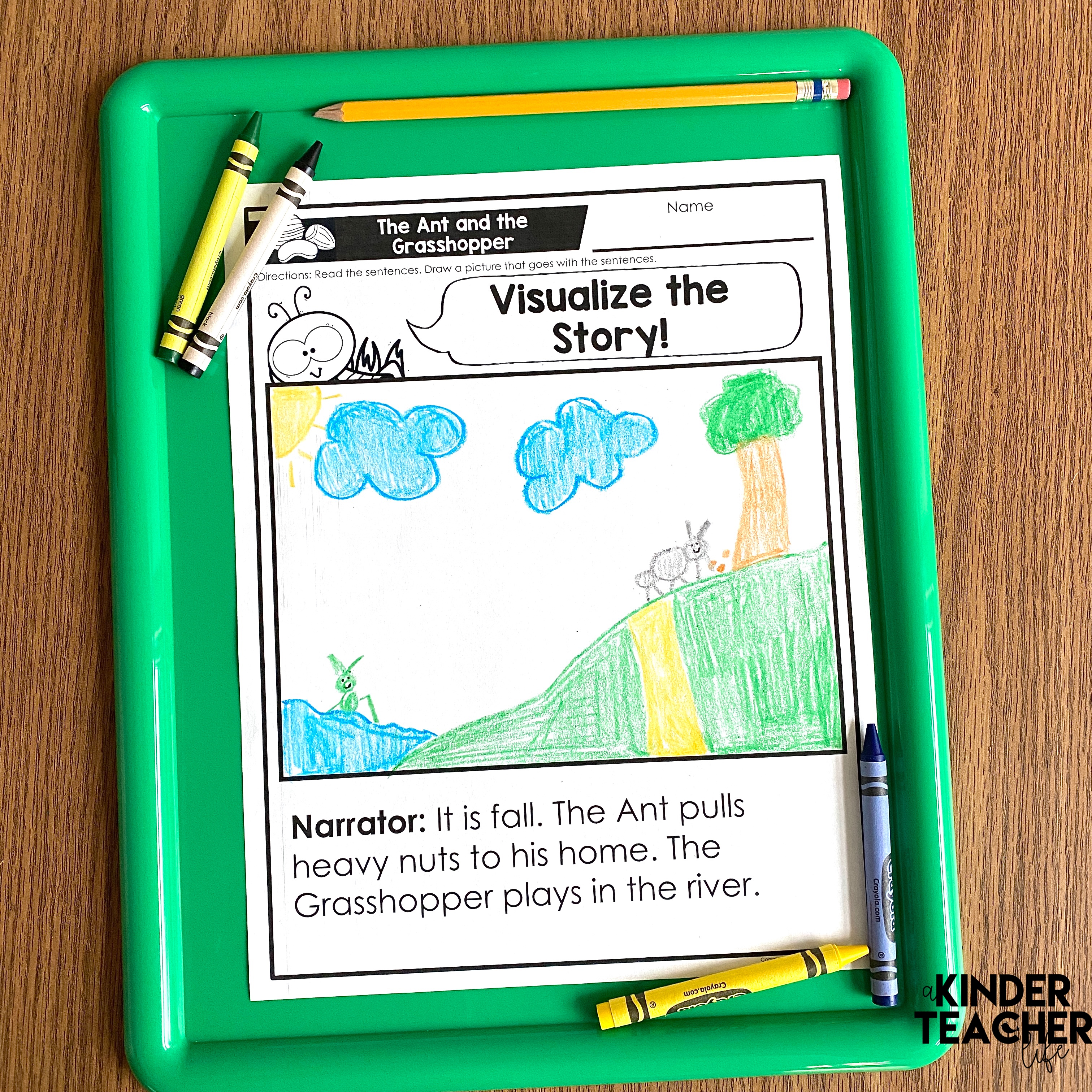
It Builds Their Confidence
Also, it’s important to remember that it’s going to be challenging at first! Don’t give up or lose hope. They’ll pick up the routine of it. It’ll take time, but they can do it. After they get the hang of it, it’s gratifying to see.
Finally, I record my students’ performances and share them with their parents. We also watch their performances as a class. They clap and cheer for each other. They are so proud that they accomplished something that was initially difficult.
I hope you decide to give Reader’s Theater a try in your early childhood classroom. Here are some resources to get you started:
Fairy Tales: Reader’s Theater
Aesop’s Fables: Reader’s Theater
Have you used Reader’s Theater in your classroom? Let me know how it went in the comments section below.
Happy Teaching,
Tee

